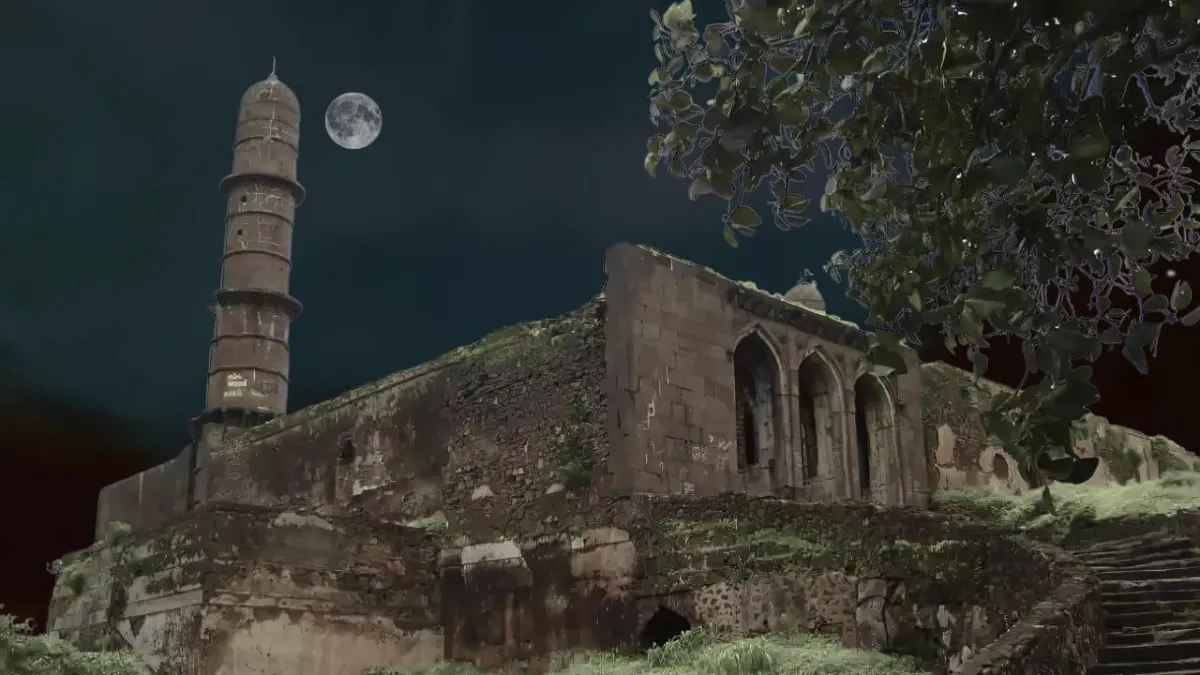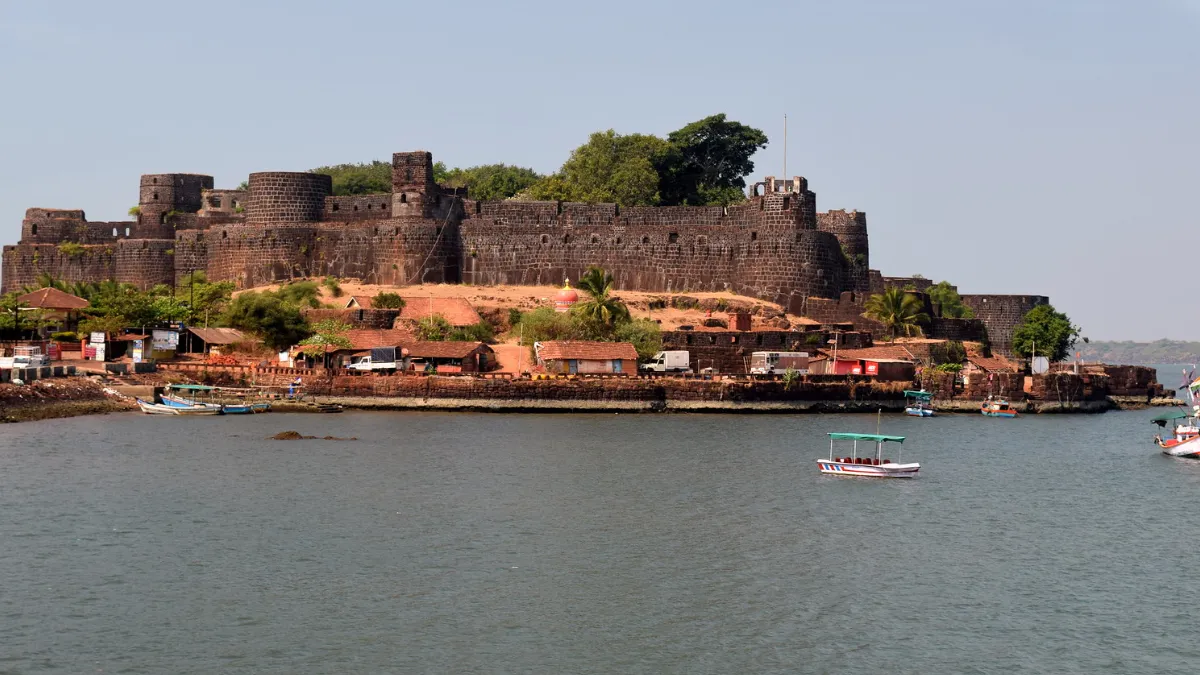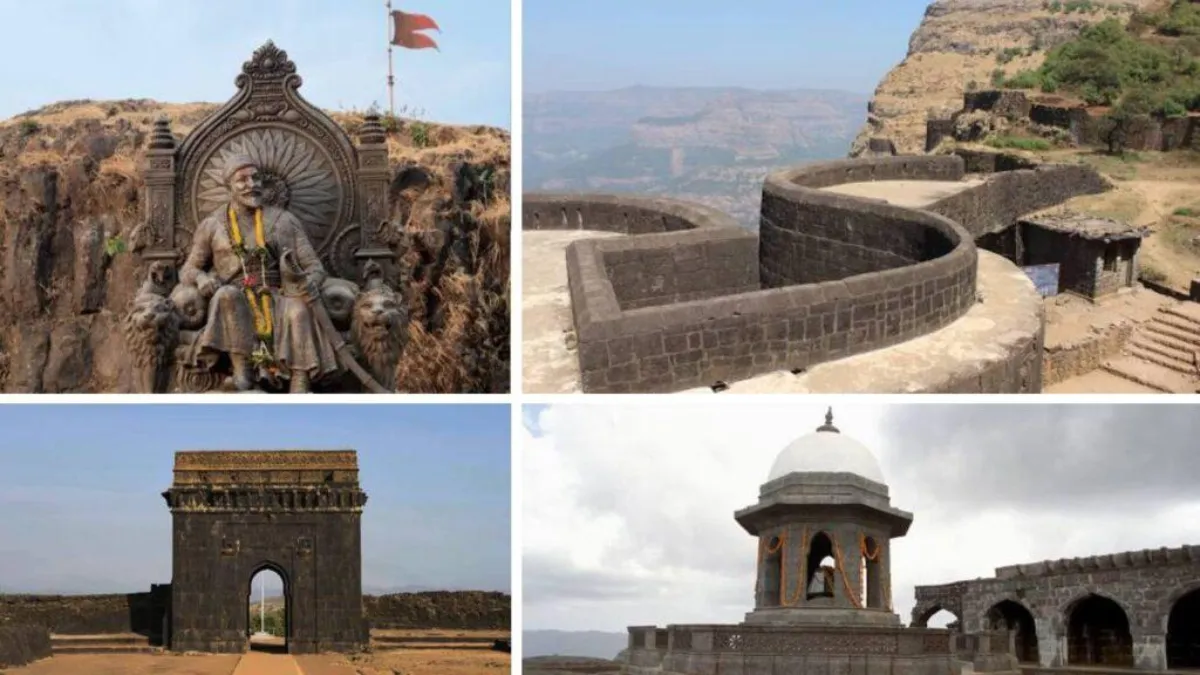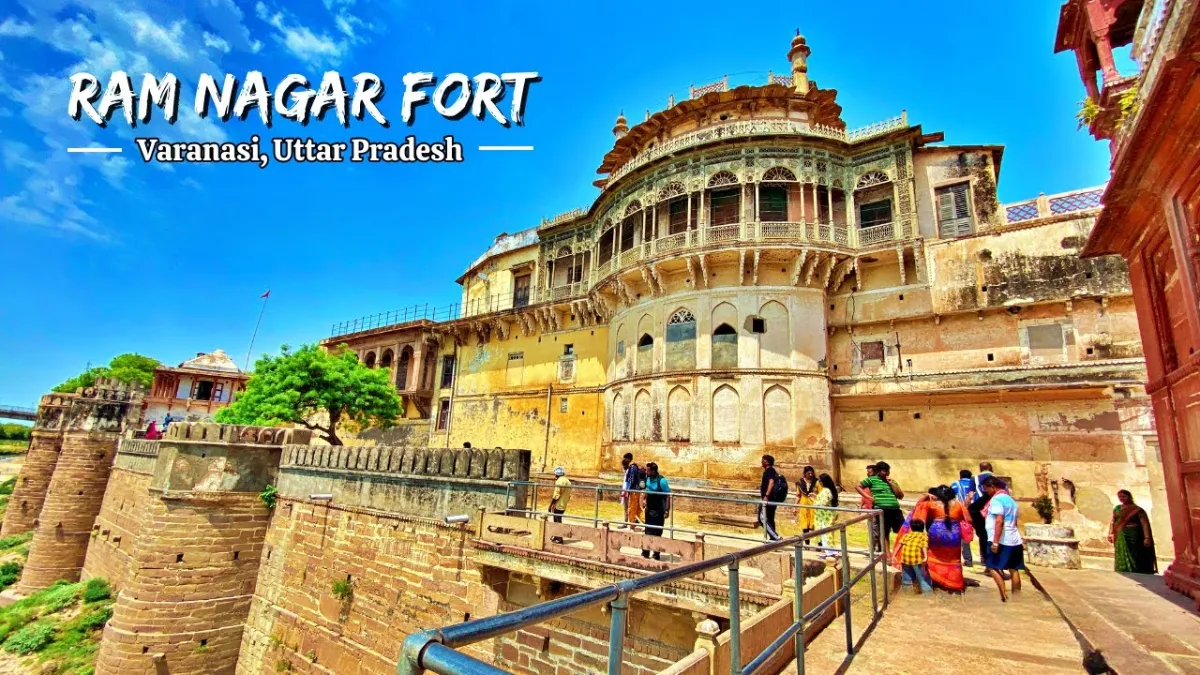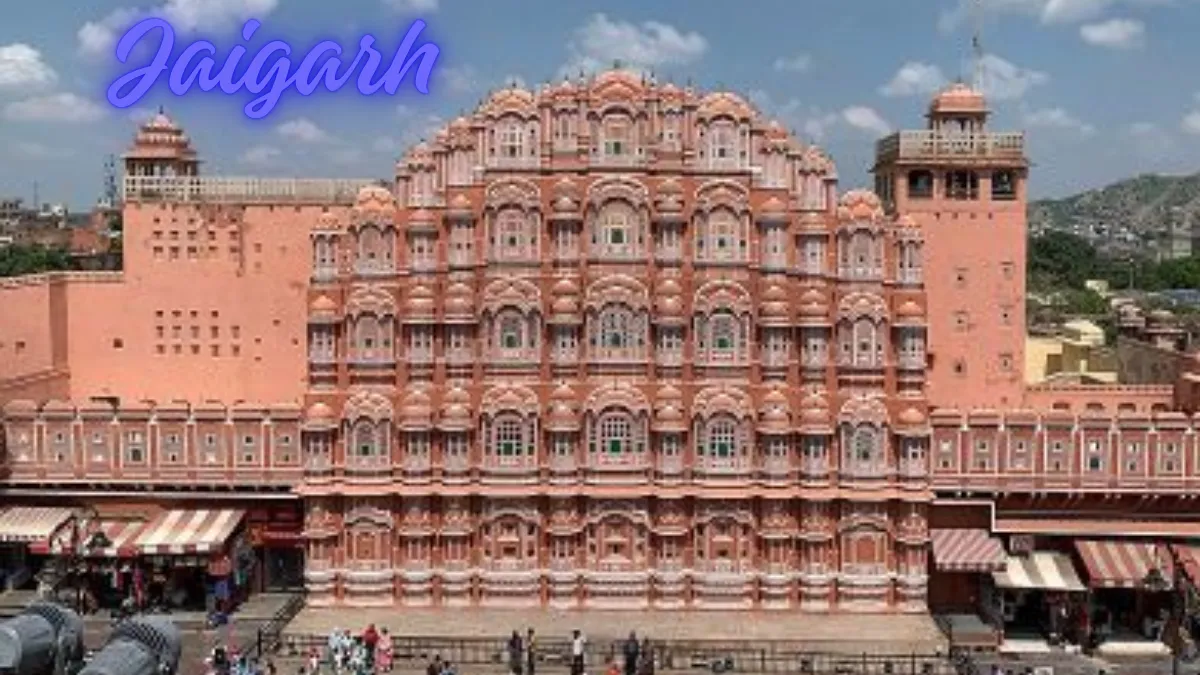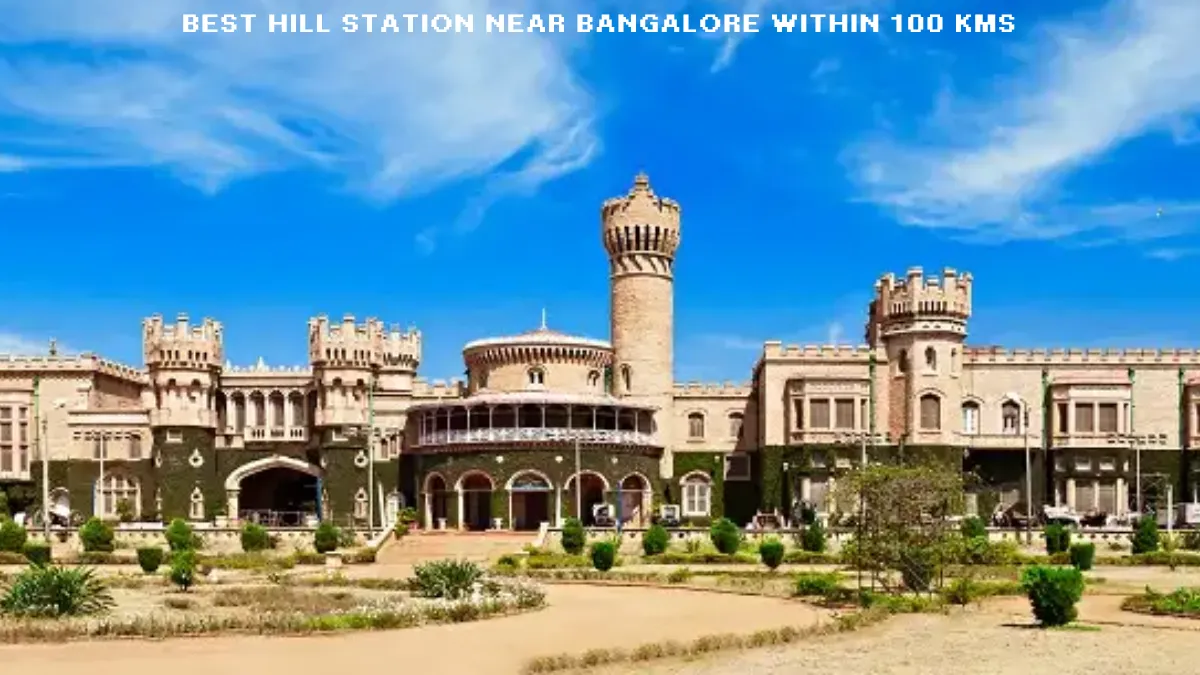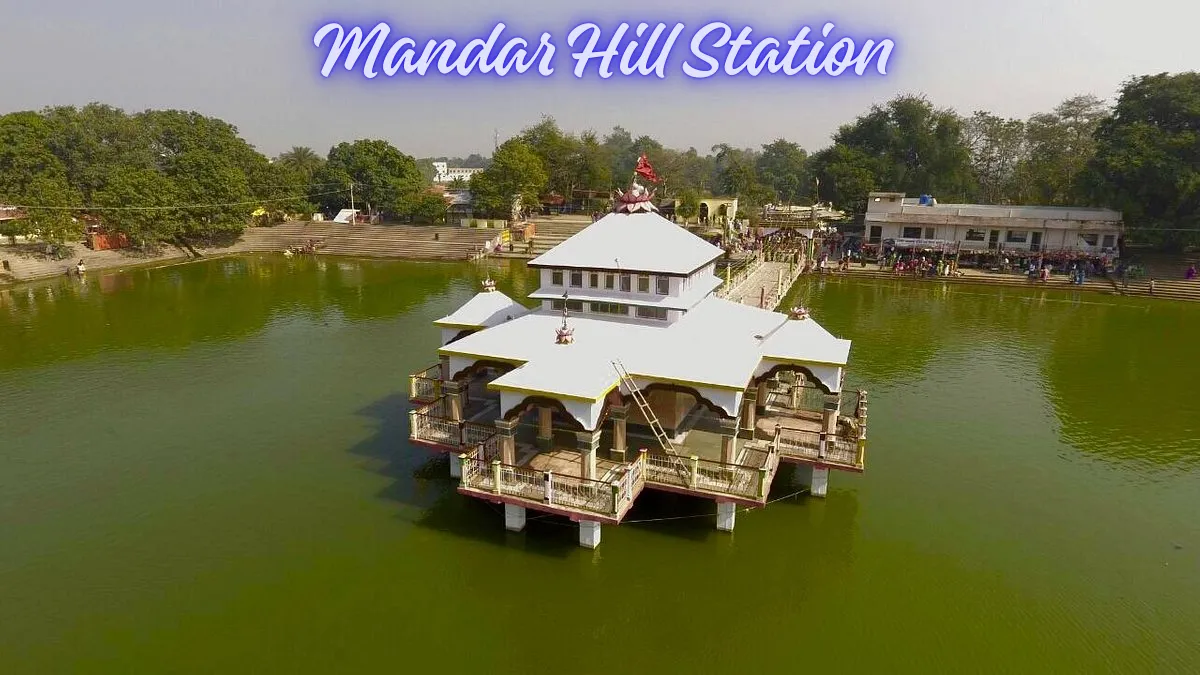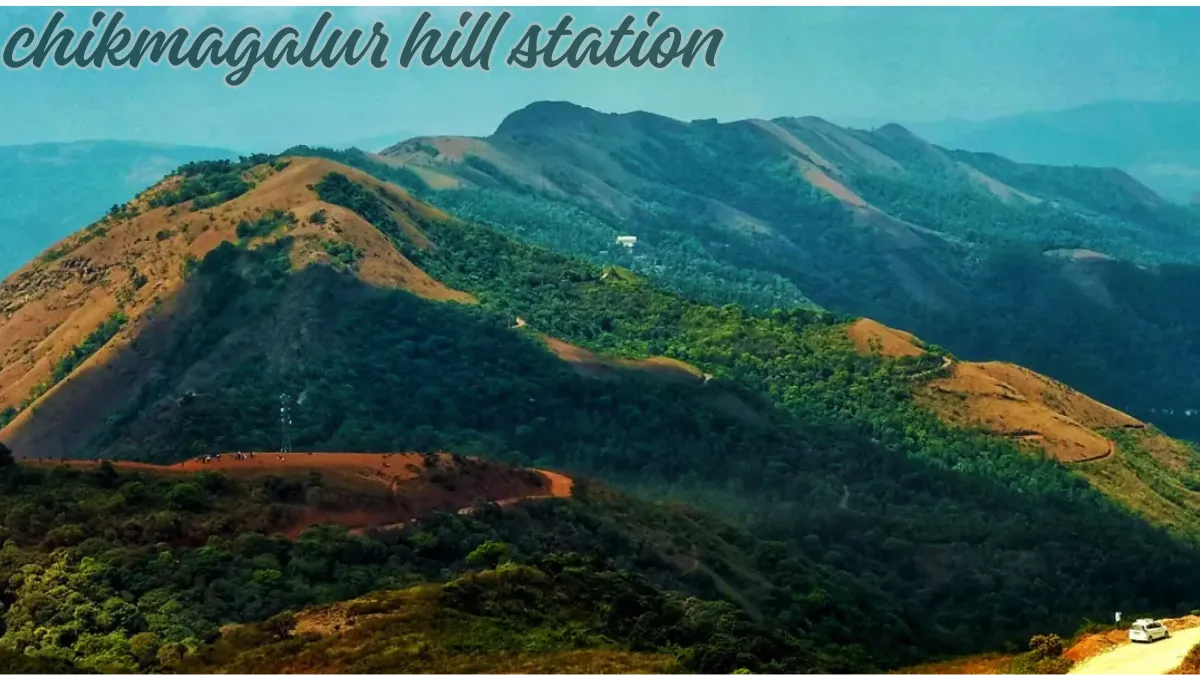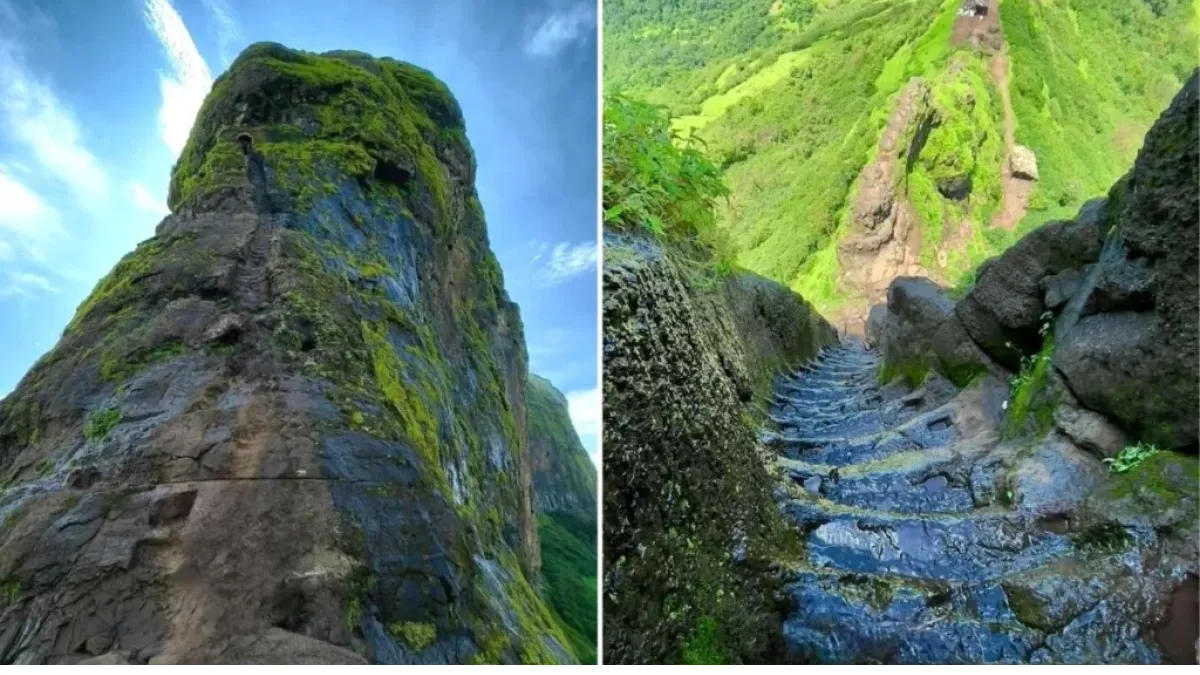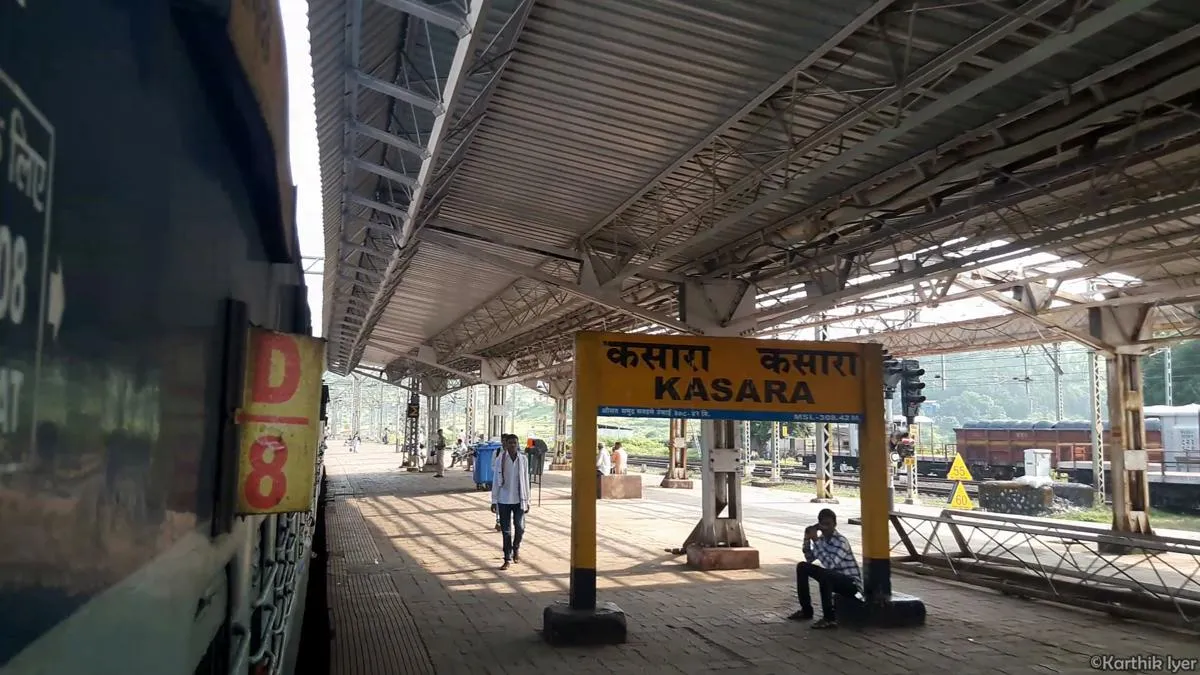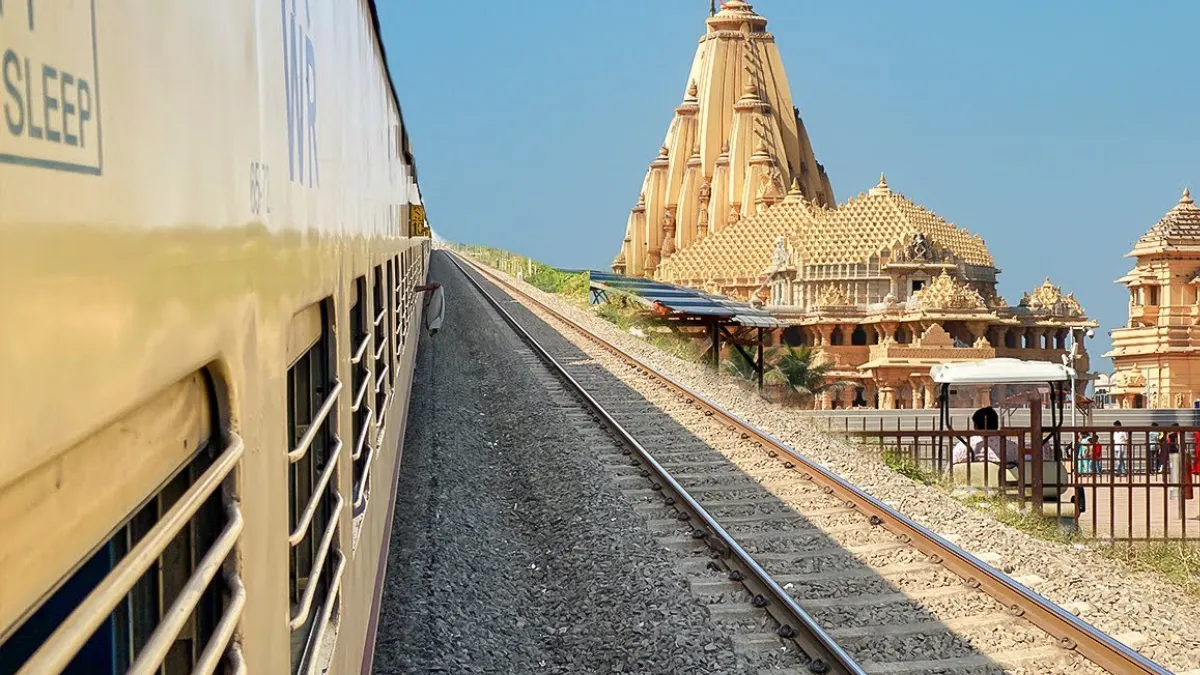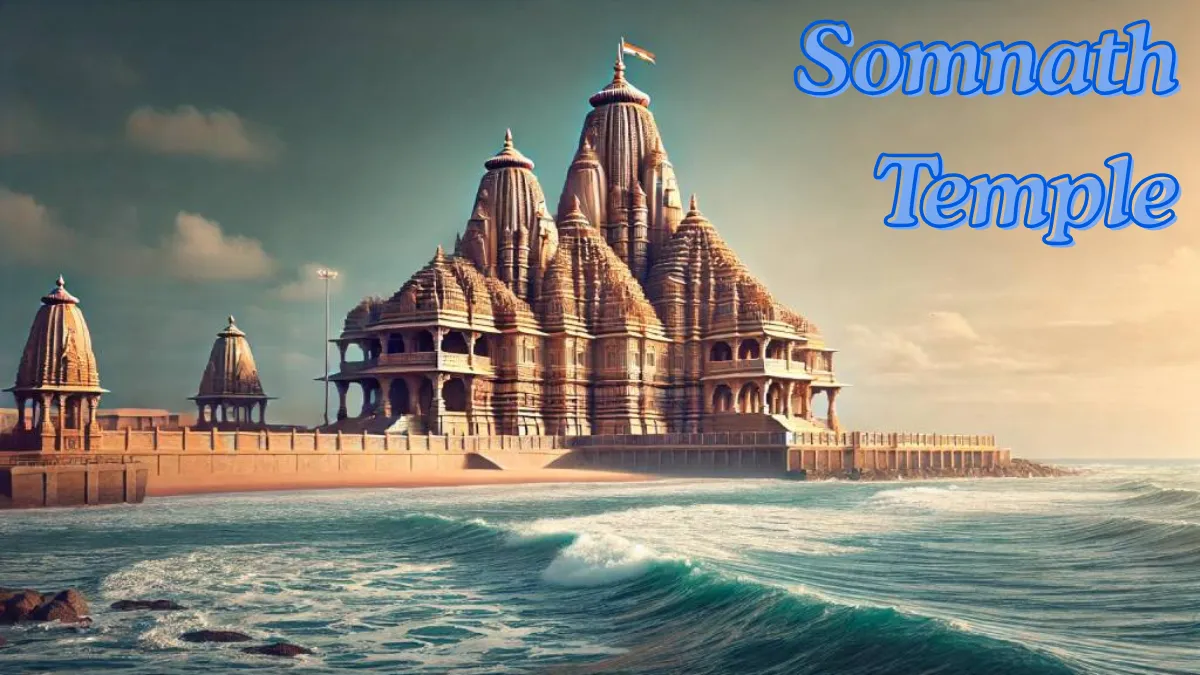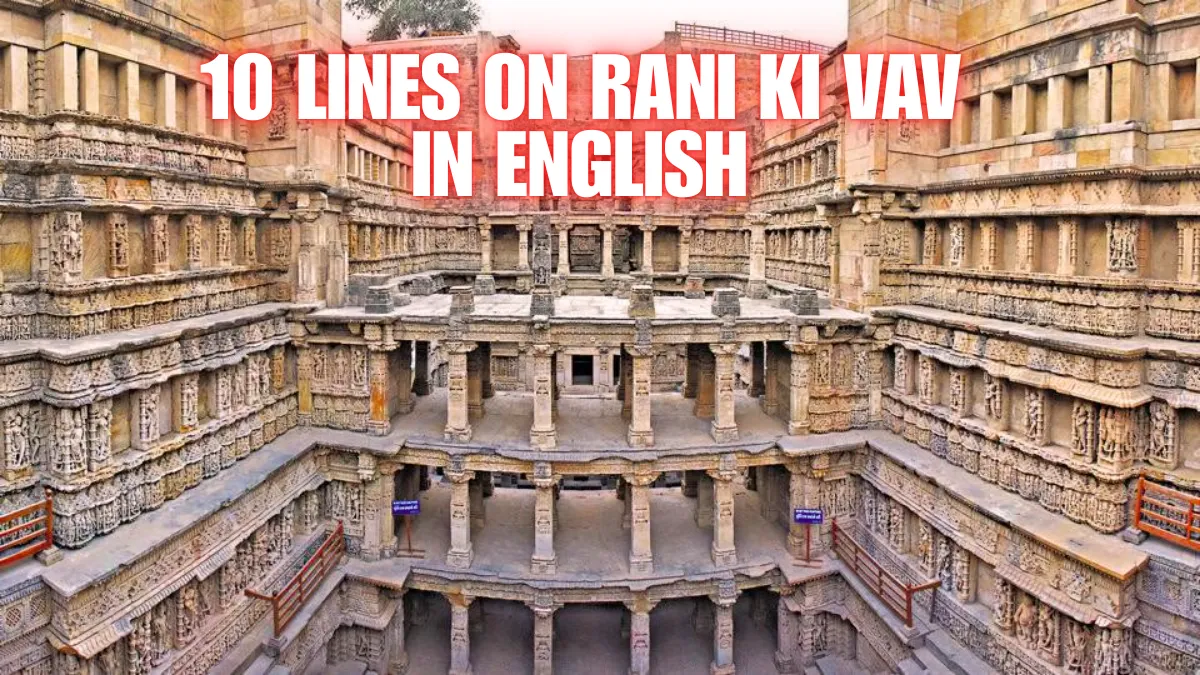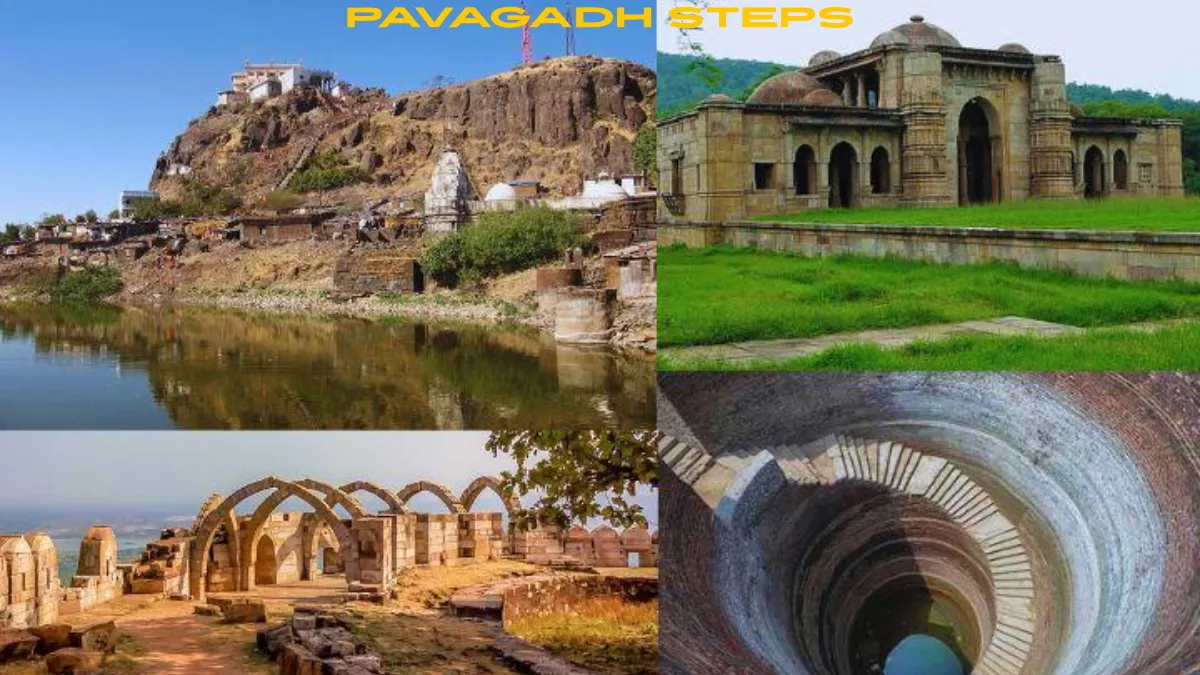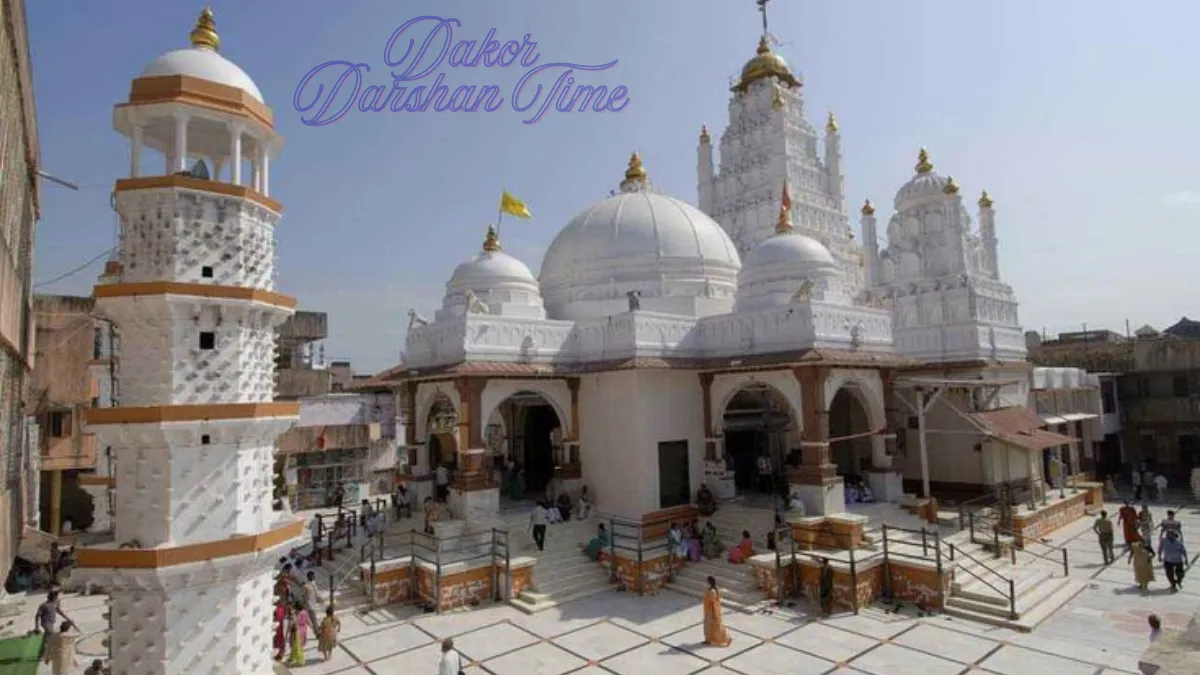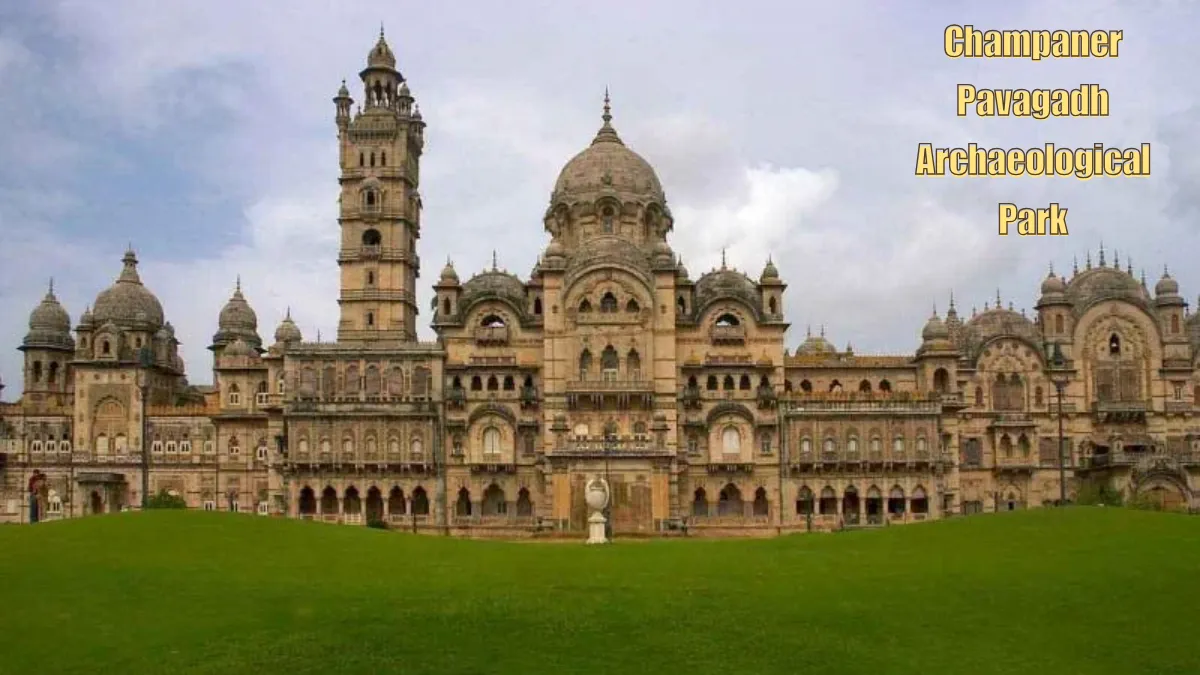Asirgarh Fort is one of the most fascinating historical forts in India, located in the Burhanpur district of Madhya Pradesh. This massive hilltop fort has been called the “Key to the Deccan” because it served as the main route for armies and travelers moving from northern India to the southern Deccan plateau. With its rich history, strong architecture, and cultural importance, Asirgarh Fort stands as a true heritage landmark.
History of Asirgarh Fort
The history of Asirgarh Fort goes back many centuries. It is believed that the fort was built by Asa Ahir, a local ruler, after whom the fort was named. Later, it came under the rule of the Mughals, Marathas, and the British. Due to its strategic location, many kings and emperors fought hard to control it. Emperor Akbar himself laid a long siege to the fort, which shows how important it was in medieval India.
Also read: Vijaydurg Fort – History, Architecture, and Travel Guide
Over the years, Asirgarh Fort became known as a powerful defense point. It also served as a resting place for traders, soldiers, and pilgrims passing through the region. The fort witnessed many battles and changes of power, making it a silent storyteller of India’s glorious past.
Architecture and Design
The architecture of Asirgarh Fort is a mix of Mughal and medieval Indian styles. Built on a hill about 750 feet high, the fort is spread across three levels. It has thick stone walls, massive gates, and strong bastions. Inside the fort, you can find ruins of palaces, temples, and mosques that reflect the blend of Hindu and Islamic cultures.
One of the most important structures inside is the Jama Masjid, which was built during the Mughal period. The fort also has several water tanks and stepwells, showing how carefully the builders planned for storage and survival. Even though much of the fort is in ruins today, it still gives visitors a clear idea of its grandeur and strength.
Also read: Ramnagar Fort – History, Architecture, and Travel Guide
Religious and Cultural Importance
Apart from its military value, Asirgarh Fort also holds religious significance. Inside the fort, there is a temple dedicated to Lord Shiva, which attracts devotees even today. Local legends and folk tales are also linked with the fort, making it an important cultural site for the region.
Tourism and Visiting Asirgarh Fort
For travelers and history lovers, Asirgarh Fort is a must-visit destination in Madhya Pradesh. The fort offers a stunning view of the surrounding Satpura hills and the Tapti River. Though it is in ruins, the beauty and atmosphere of the fort take visitors back in time.
The fort is about 20 kilometers from Burhanpur town, and the road leading to it is full of scenic landscapes. The best time to visit is during winter or early summer when the weather is pleasant for exploring. Tourists should carry water and wear comfortable shoes, as climbing the fort can be a little challenging but rewarding.
Why Asirgarh Fort is Famous
Asirgarh Fort is famous not only for its size and strength but also for its reputation as the “Gateway to the Deccan.” Any ruler who wanted to control the southern part of India had to pass through this fort. Its strategic importance made it one of the most powerful forts of medieval India. Even today, historians and travelers admire it for its unique role in Indian history.
Conclusion
Asirgarh Fort is more than just a ruined structure; it is a living monument of India’s past. From Asa Ahir to Akbar and the British, many rulers left their mark on this fort. Its strong walls, religious sites, and breathtaking views make it a treasure for history lovers and tourists alike. Visiting Asirgarh Fort is like stepping into a chapter of India’s history, where every stone tells a story of bravery, culture, and heritage.
